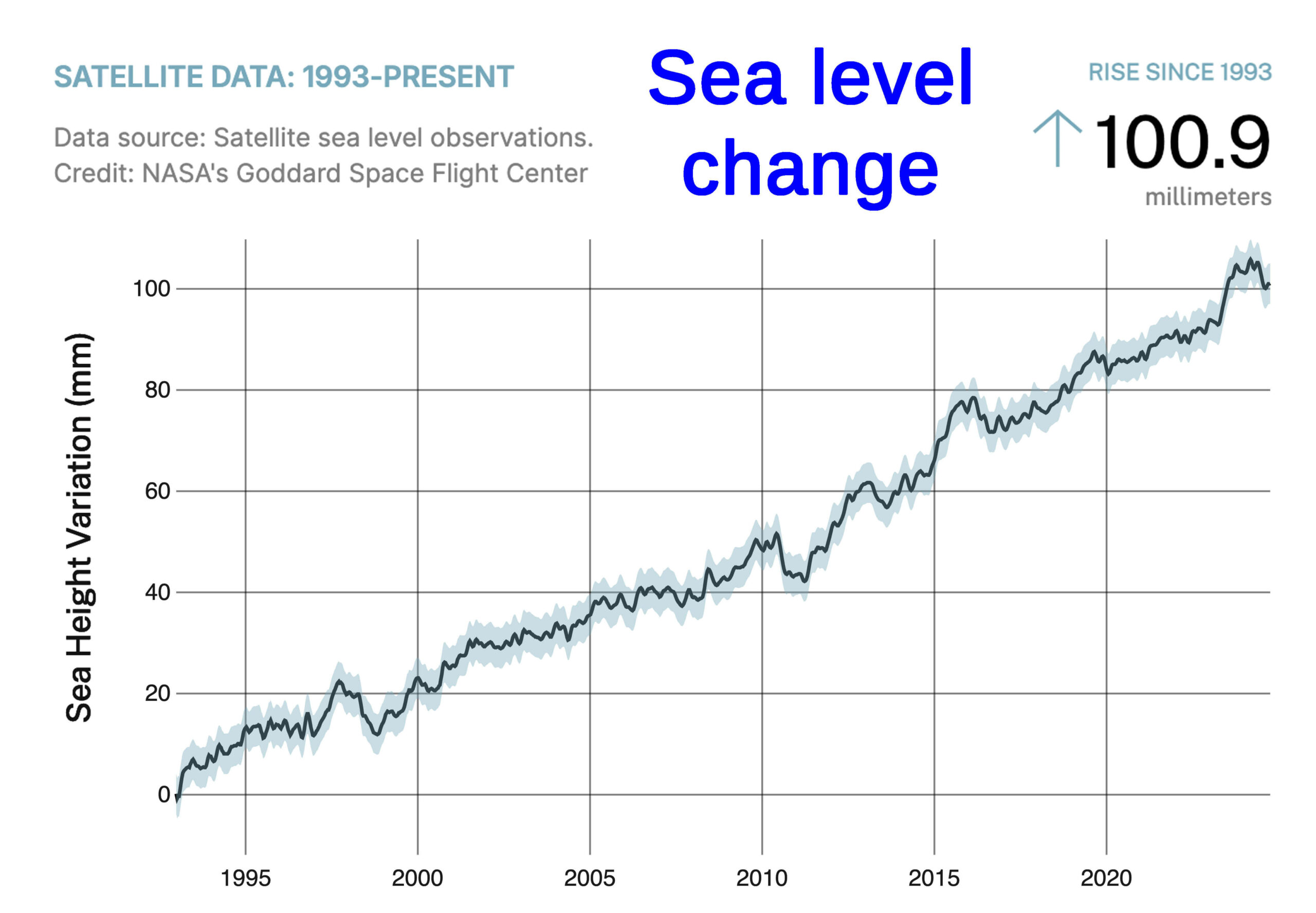- What Earth’s Magnetic Field Has to Do With Climate History - October 7, 2025
- The Science Behind Heat Domes and Their Growing Impact - October 7, 2025
- What Ancient Lake Beds Teach Us About Past Rainfall Patterns - October 6, 2025
Model vs. Measurement Mismatch: Where the Numbers Collide
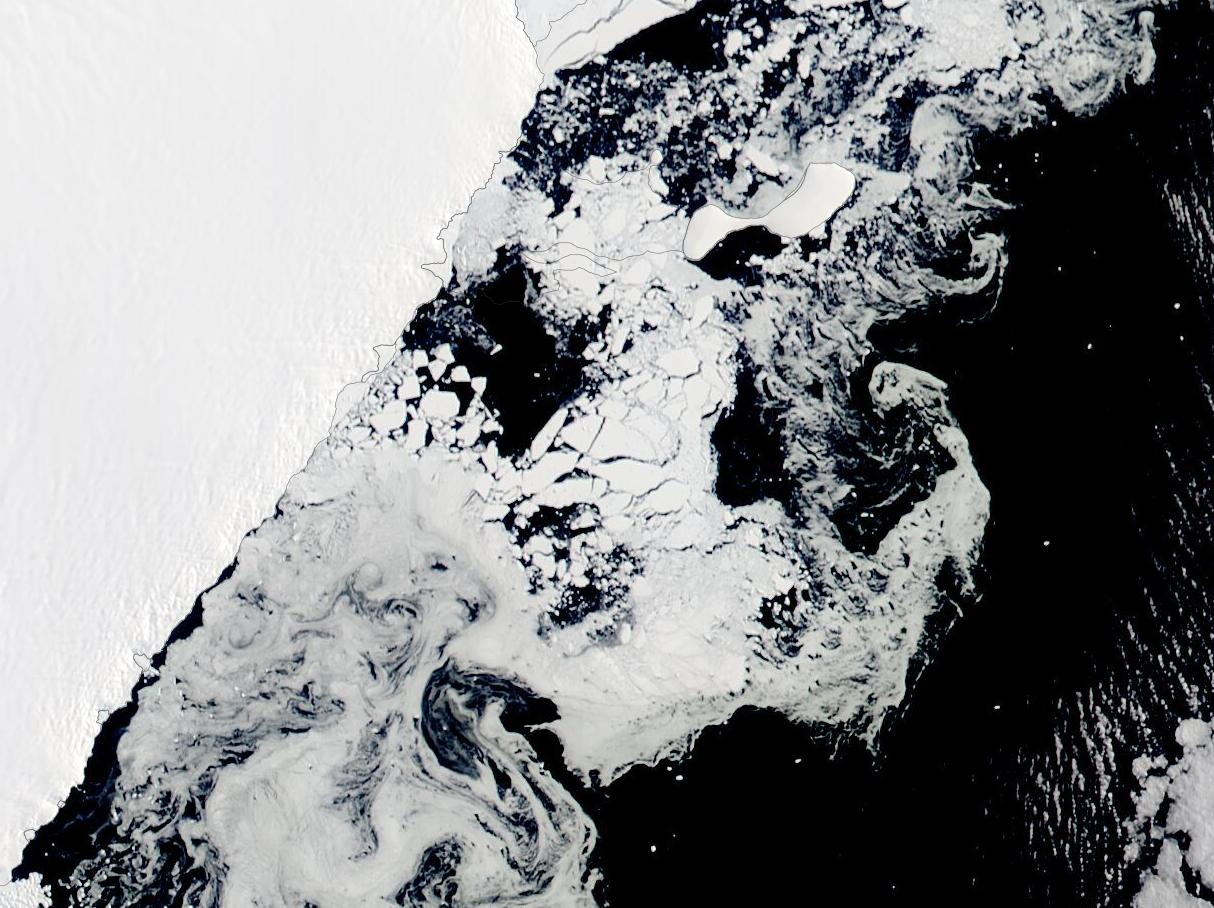
It’s jarring to realize how much sea level forecasts can differ depending on who’s modeling and what assumptions they make. Just last year, researchers spotlighted a massive gap between popular models and actual measurements—especially when it comes to predicting how ice sheets might collapse. The so-called “marine ice cliff instability” effect is a glaring unknown; models either amplify or downplay its impact, which leads to wildly different projections for the coming decades. One study published in early 2024 pointed out that even with the best computing power, the deep uncertainties in ice-sheet dynamics can’t be ironed out. It’s like trying to predict the winner of a game when you don’t even know all the rules. The upshot? Forecasts can swing by tens of centimeters or more, which is a huge deal if you live in a coastal city. This mismatch leaves policymakers—and everyday folks like me—wondering what to believe.
Temperate Glacier Findings: The Surprising Stability in Recent Data
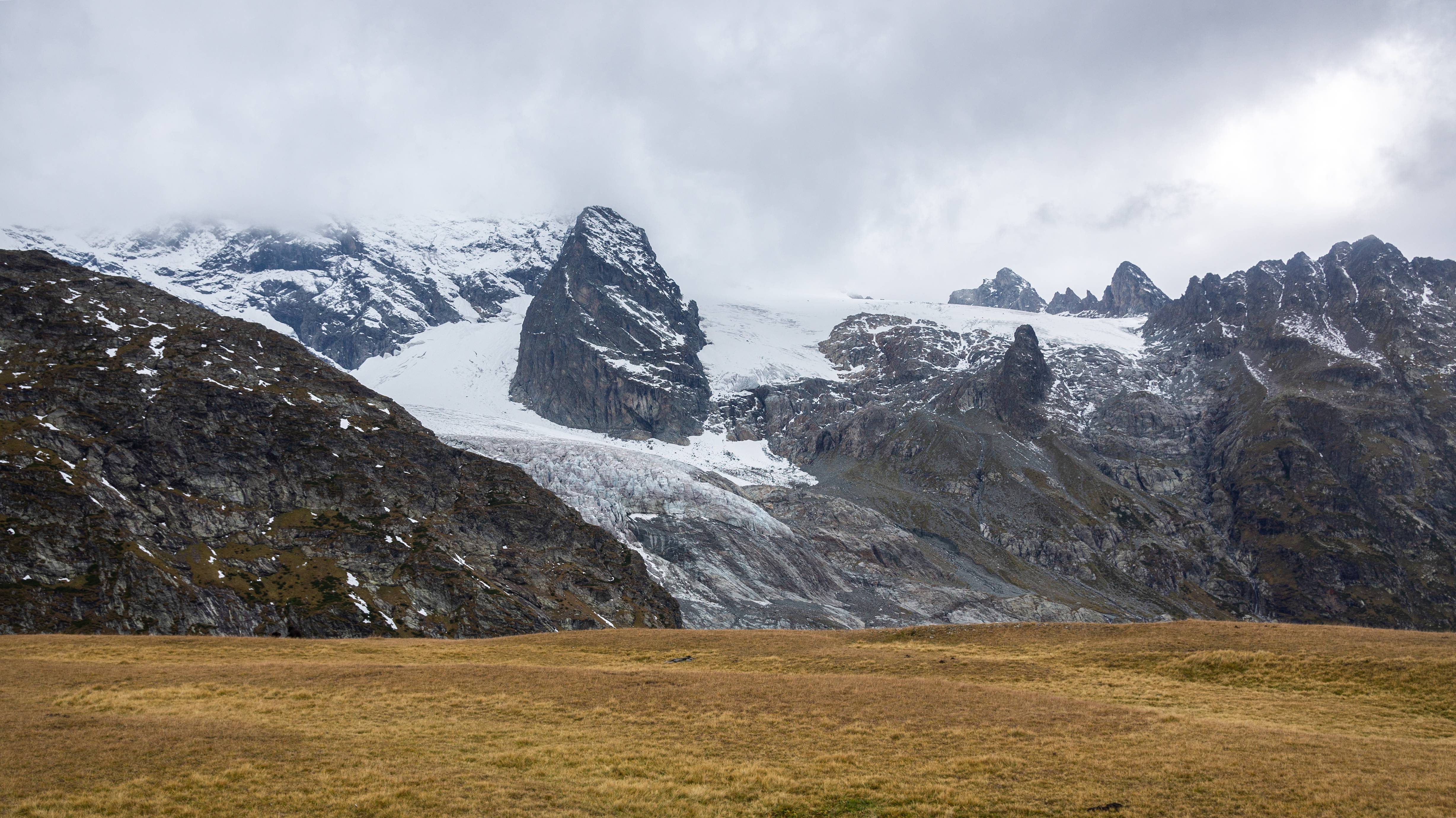
A bombshell dropped in the summer of 2024, overturning what many thought they knew about temperate glaciers. Contrary to the “meltdown” headlines, new research revealed that these glaciers flow with more steadiness than scientists previously assumed. Instead of accelerating wildly, their contribution to sea-level rise is now expected to be less dramatic in the near term. A major study published on scitechdaily.com explained that updated field measurements and advanced modeling techniques brought this shift to light. In practical terms, it means some of the most alarming sea-level projections from just a few years ago are now being dialed back. But here’s the kicker: this doesn’t mean we’re in the clear—just that the numbers are moving targets, always up for revision. For me, it’s another reason to treat forecasts with a healthy dose of skepticism.
Historical Tide-Gauge Limitations: The Problem with the Past
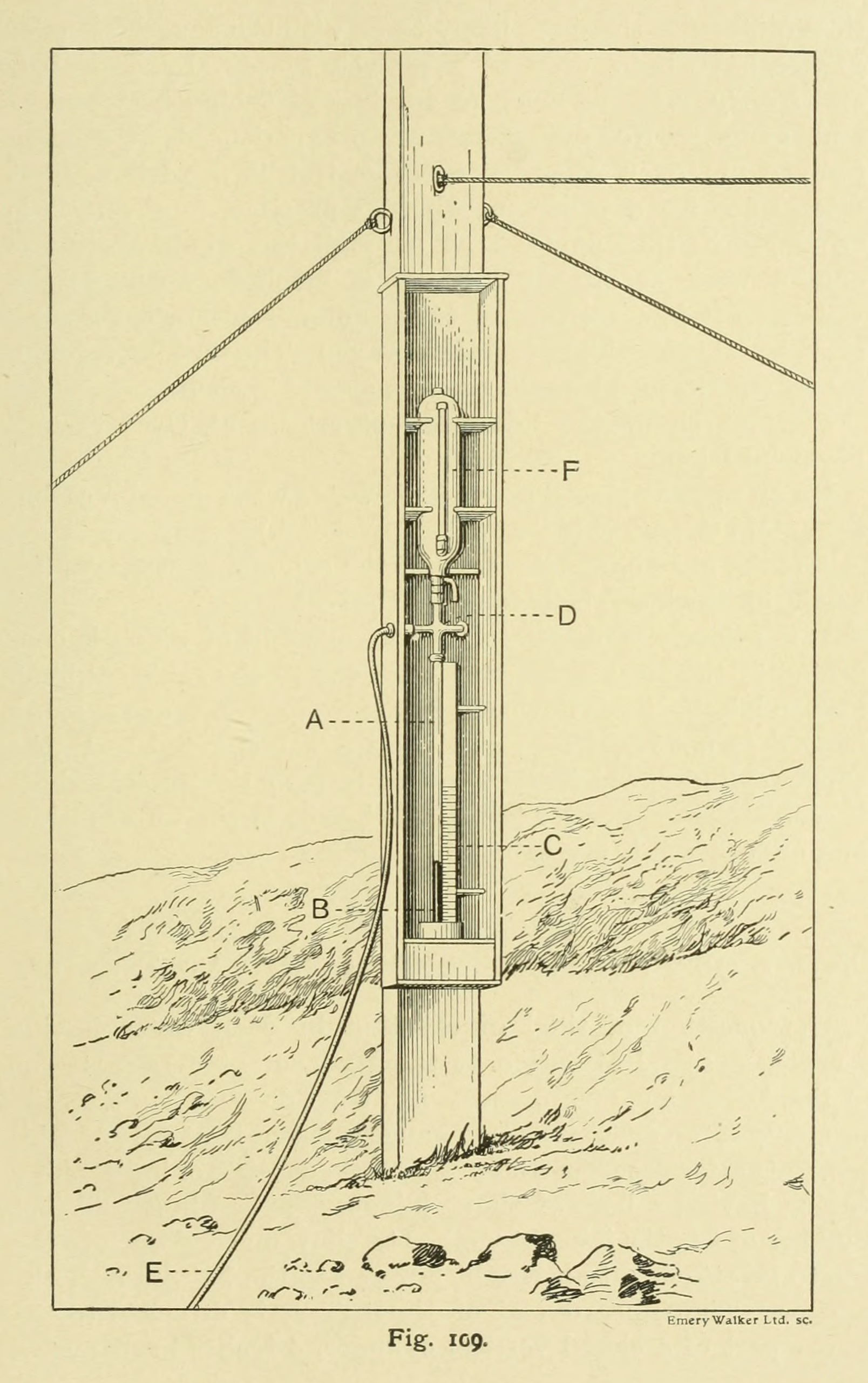
If you’ve ever looked at old tide-gauge records, you know they’re often held up as the gold standard for long-term trends. But dig a little deeper, and you’ll find cracks in the foundation. Critics have been vocal lately about how these gauges, especially those near sinking cities like New Orleans or Jakarta, can seriously distort our picture of historical sea-level rise. The ground beneath these gauges can subside due to groundwater extraction or tectonic shifts, making the sea seem like it’s rising faster than it actually is. Senate hearings and investigative reports in 2024 highlighted the need to adjust for these local quirks before drawing global conclusions. This makes you wonder how much of our “evidence” is actually just noise. For someone like me who wants clear answers, it’s frustrating to see how past measurements can muddy the waters.
Satellite Confirmation Needed: The Promise and Pitfalls of High-Tech Tracking

Since 1993, satellites have orbited the planet, beaming back detailed sea-level data that’s supposed to settle old debates. And yes, they’ve given us a more global, precise picture—unlike the patchwork of tide gauges. But even satellites aren’t immune to problems. Calibration errors, orbital drift, and changes in measurement techniques have all plagued the records, as highlighted in technical briefings from mid-2024. Scientists have to constantly compare satellite readings with tide-gauge data to keep everything lined up, which is trickier than it sounds. The end result? While satellites offer better coverage, experts still caution that there’s a margin of uncertainty—sometimes up to a few millimeters per year—that can add up over decades. It’s a sobering reminder that even our most advanced tools have their blind spots.
Model Complexity vs. Confidence: When More Isn’t Always Better

You’d think that making models more complex would automatically make forecasts more reliable. But the reality is a lot messier. In the last year, climate scientists have admitted that adding more variables—like unobserved ocean currents or unpredictable ice-sheet feedbacks—can actually make projections less certain in the short term. The logic is simple: more moving parts mean more ways for things to go off-script. However, if these complex models are validated with enough real-world data, they could boost our confidence in long-term trends. This paradox—where trying to be more accurate can temporarily muddy the waters—has left me questioning whether forecasts are really moving closer to the truth, or just spinning their wheels.
Decadal vs. Centennial Reliability: Short-Term Certainty, Long-Term Guesswork
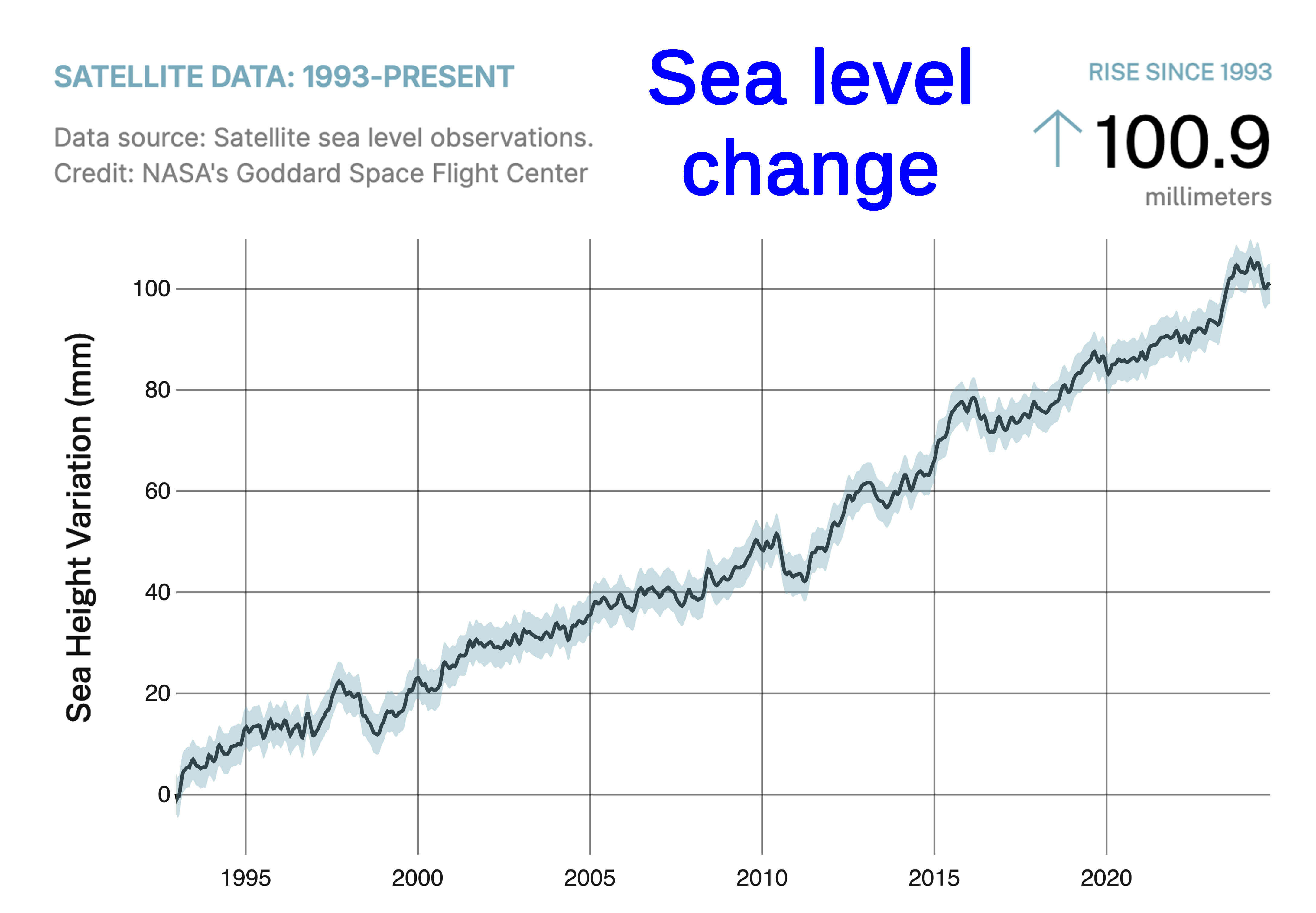
Here’s something that rarely makes headlines: forecasts for sea-level rise over the next 10 to 30 years are actually pretty solid. Policymakers can rely on these projections for infrastructure planning, and the consensus among scientists is surprisingly strong. But stretch that timeline out to 80 or 100 years, and the picture gets fuzzy fast. The range of possible outcomes balloons, thanks to unknowns like future greenhouse gas emissions and the response of polar ice. I’ve noticed a clear shift in expert commentary—there’s growing agreement that while near-term forecasts are actionable, long-term ones are more like educated guesses. This split makes me wary of dramatic claims about the next century, even as I accept the urgent need for short-term adaptation.
Natural Variability Underestimated: The Chaotic Heartbeat of the Oceans
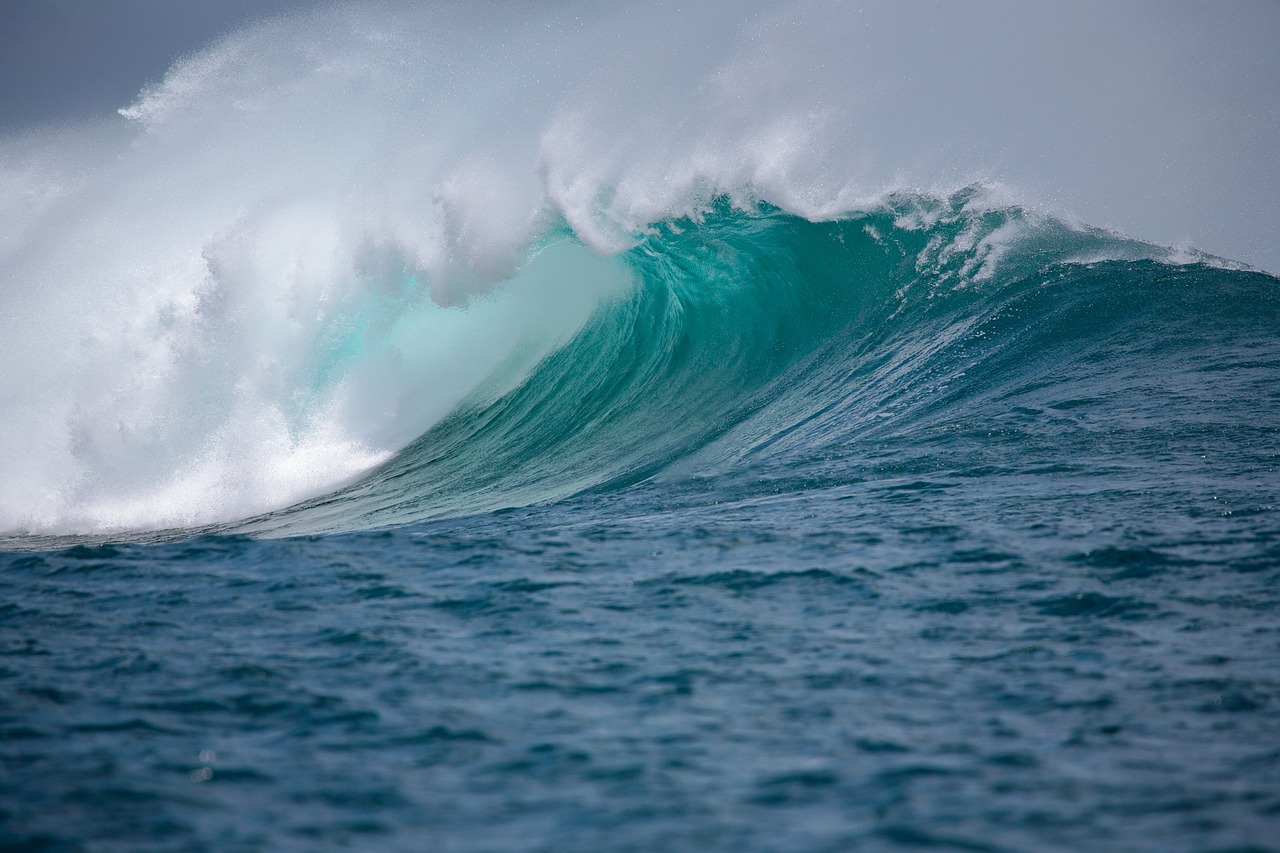
It’s easy to forget that the planet has natural rhythms—huge oceanic and solar cycles that can mask or exaggerate trends. Recent studies have flagged massive multi-decade swings in the Atlantic and Pacific that weren’t fully baked into earlier forecasts. Solar activity, too, throws a wrench in the works, sometimes speeding up or slowing down sea-level changes in ways we’re only beginning to understand. A spate of 2024 journal articles warned that failing to account for this natural variability can lead to overconfident and sometimes misleading projections. For me, this was the moment I realized just how much we still have to learn. The ocean doesn’t care about our tidy models—it moves to its own unpredictable beat.
High-End Risk Underestimation: The Danger of Playing It Safe

One of the most unsettling findings from recent research is how some models tend to underplay extreme outcomes. In 2024, a major review found that percentile-based scenarios—the ones policymakers rely on—could be shortchanging the risk of really high sea-level rise by as much as 46%. That’s not a small oversight; it could mean the difference between a city staying dry or facing catastrophic flooding. This underestimation has real-world consequences, especially for coastal adaptation plans that assume the “average” will happen. It’s a sobering reminder that even our best efforts to be cautious and scientific can leave us blindsided when the worst-case scenario strikes.
Expert Voices: What Leading Scientists Are Saying Now
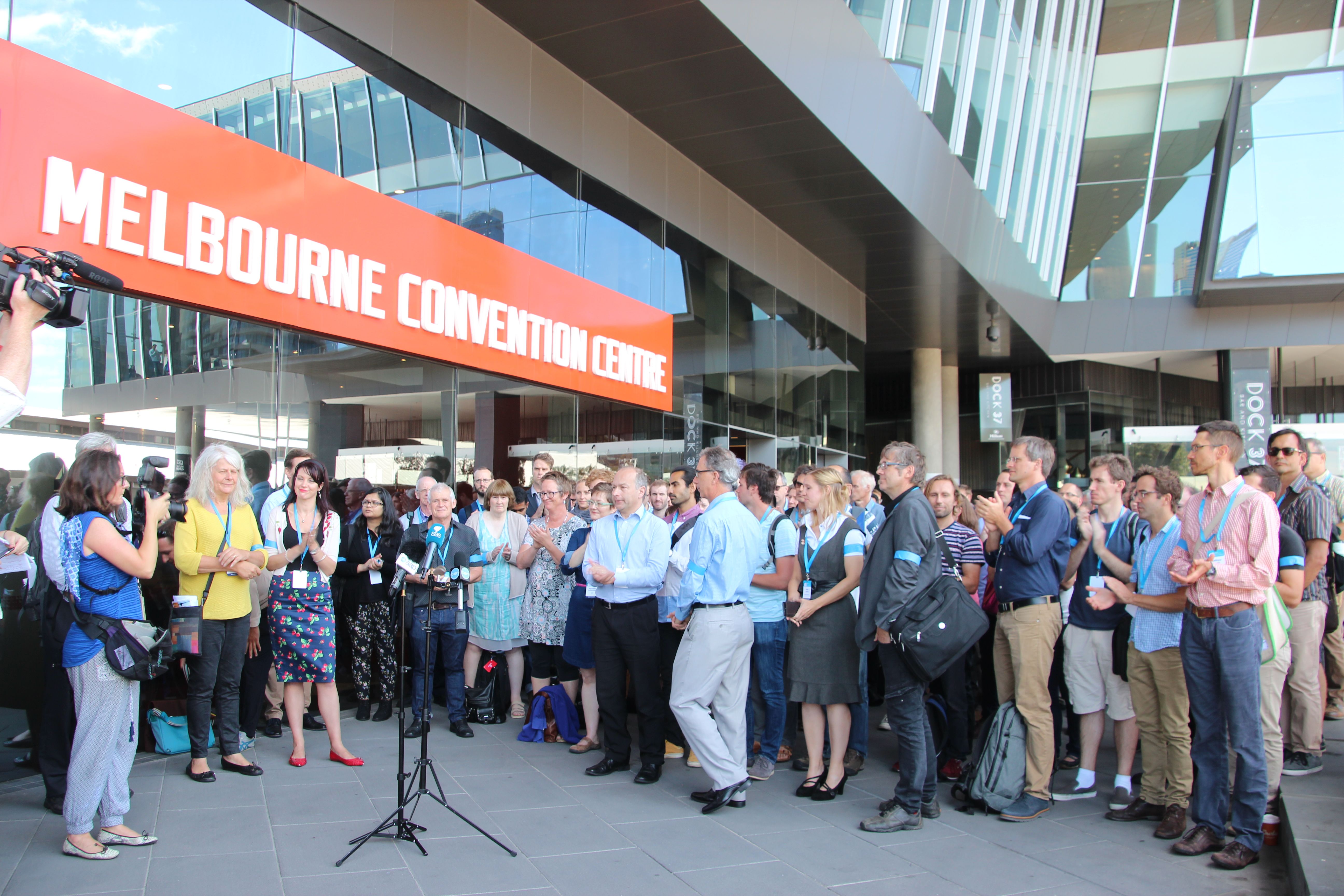
If there’s one thing that stands out in recent interviews and panel discussions, it’s the humility of today’s climate scientists. “We have to acknowledge what we don’t know,” admitted Dr. Kim Cobb during a 2024 climate summit. Experts now talk openly about the need for constant revision and the importance of communicating uncertainty. They’re not afraid to say when the data is messy or the models are in flux. This shift away from overconfidence is refreshing, but it also leaves the public—myself included—with a sense of unease. If the experts are hedging, how can the rest of us feel sure about what’s coming next?
Personal Reckoning: Why I Question, But Don’t Dismiss, the Science

All these findings have left me with a complicated relationship to sea-level forecasts. I used to take them at face value, but now I see them as useful signposts, not absolute truths. The science isn’t broken, but it’s messier than most headlines admit. I’ve learned to look for the margins of error, to question the assumptions behind every number, and to pay attention when experts revise their forecasts. At the same time, I can’t ignore the stakes for people living on the water’s edge. It’s not about rejecting science—it’s about demanding honesty and clarity, even when the answers aren’t pretty. If you’re still putting all your faith in a single forecast, maybe it’s time to take a second look.

